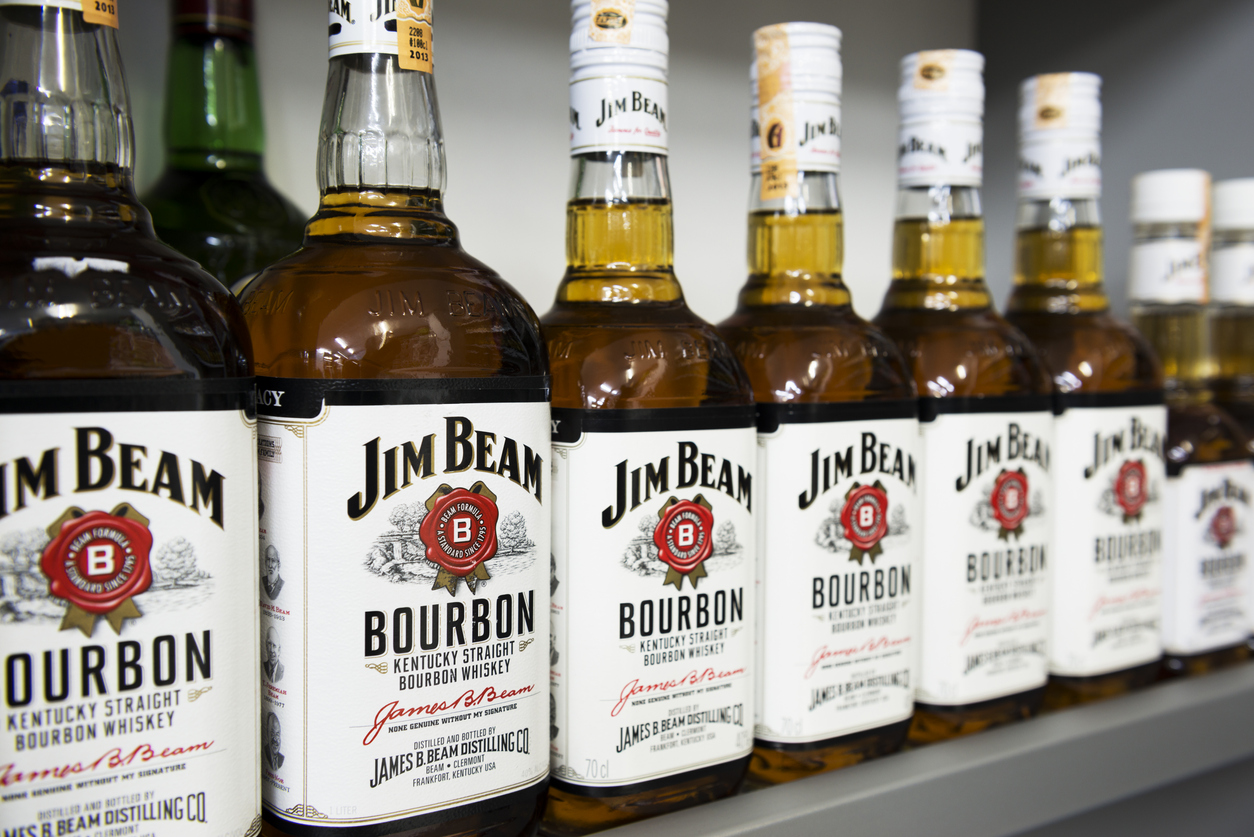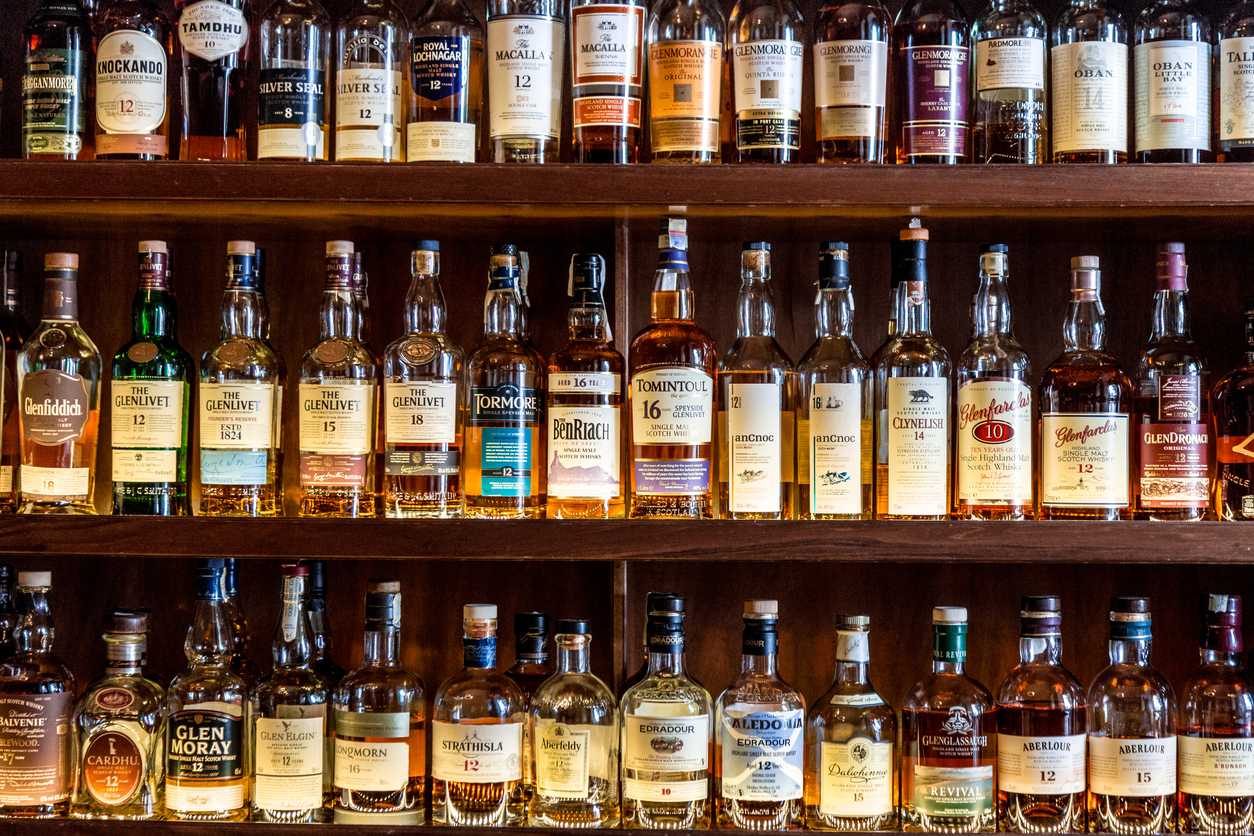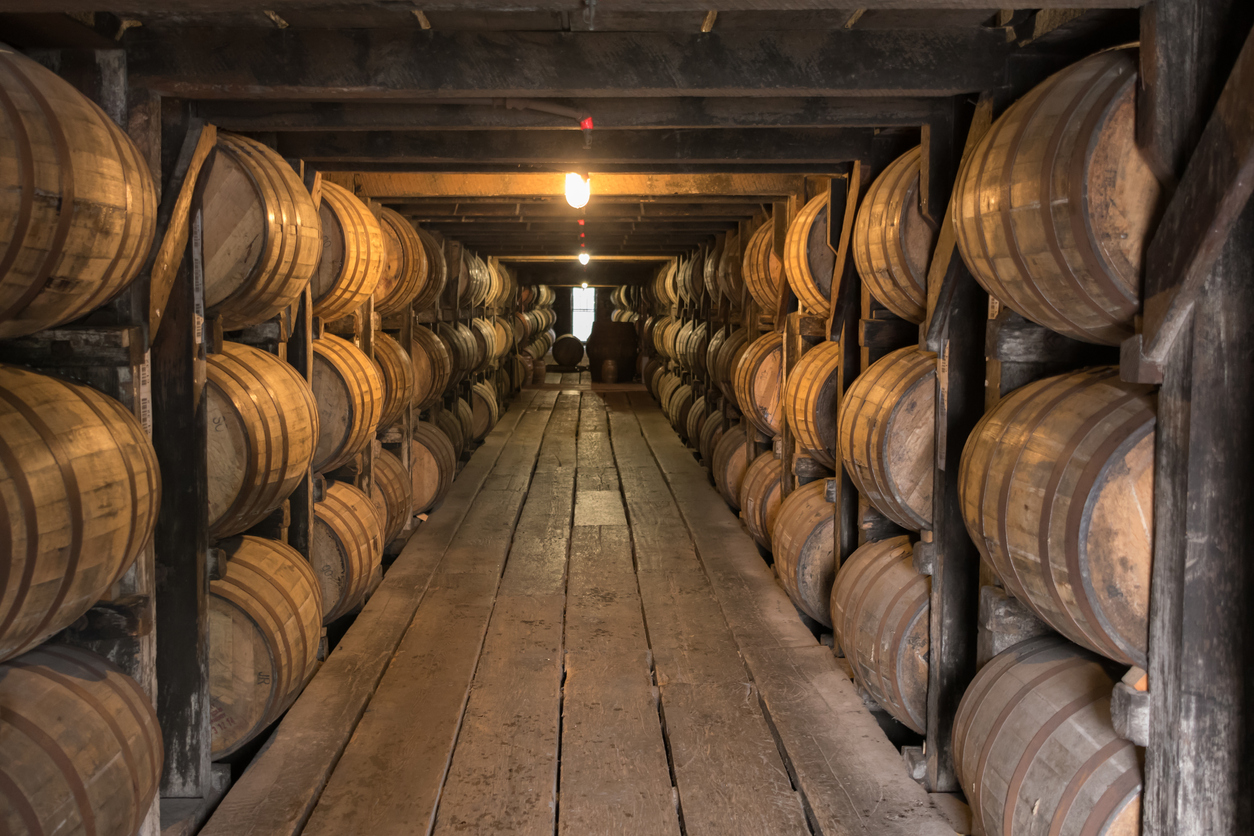Mark Twain once said, “too much of anything is bad, but too much good whiskey is barely enough.” Given the dominance of whiskey in the present drinking culture, we have to agree with old Samuel Langhorne Clemens.
The thing is, there are a lot of whiskeys out there. First, there are regional variations: Japan, Canada, Ireland, South Africa, Australia, and so on. Then there are variations within regions. The U.S. alone makes Tennessee whiskey, bourbon, single malt, rye, wheat whiskey, moonshine, and more. Figuring out which whiskey to drink can be a daunting task, especially with labels as inscrutable as the sphinx.
We’re here to help you cut through the weeds and navigate these whiskey-tinted waters. Today that means breaking down the difference between American bourbon whiskey and Scotland’s scotch whisky. There are some major variables at play here. Yet each of these brown elixirs holds similarities and nuances that tie them together across oceans. Let’s dive into what makes each unique and how to tell them apart.
WHAT IS BOURBON WHISKEY?

American bourbon whiskey stems from the Appalachian tradition of making a spirit out of local, cheap ingredients, in this case, maize or corn — which was abundant on the American continent. For decades, most bourbons were made in small hollers around Kentucky, Tennessee, Virginia, and Pennsylvania according to recipes passed down through the generations. The idea of what exactly bourbon was, by law, came later.
In the early days, bourbon was made using majority corn because it was cheap and provided a lot of natural sugars for the yeasts to eat, thereby accelerating fermentation. Other grains were prominent as well, including rye, wheat, and barely (if available and cheap). Bourbons were then aged in barrels for a spell and enjoyed a few months after harvest.
Over the course of the 1800s, bourbon was standardized and became the dialed in whiskey we know today. By the mid-20th century, the feds set out rules that standardized the art of making bourbon — mostly for matters of export and taxing. The broad brush strokes are these: Bourbon needs to be made in the U.S.A. The mash bill (recipe) needs to be at least 51 percent corn. When distilled, it cannot excede 80 percent ABV/160 proof. The distillate needs to be aged in new, charred oak at a maximum ABV of 62.5 percent/125 proof. And, finally, bourbon needs to be bottled at a minimum of 40 percent ABV/80 proof.
Interestingly, there’s no minimum length of time bourbon must stay in the barrel to be called “bourbon.” However, to be labeled “straight bourbon,” the distillate needs to rest in that barrel for a minimum of two years.
Where bourbon slips and shimmies is in the (potentially) non-corn 49 percent of the mash bill and through the barreling-finishing process. There’s a lot of leeway with the addition of specialty malts (like peated barley, rye, wheat, etc.) or hard-to-find fortified wine barrels to use after the initial barreling.
Here are your bullet points for conversation:
- Bourbon has to made in the U.S. (any state will do).
- It has to have a 51 percent corn/maize mash bill.
- It has to age in new, charred oak.
- And to be called “straight bourbon,” it has to stay in that barrel for two years.
WHAT IS SCOTCH WHISKY?

Scotch, like bourbon, has a colorful history of backyard stills and recipes passed down through the centuries until the government stepped in for taxation. That, in turn, led to regulations on what scotch can be.
Even in its infancy, scotch whisky was a barley distillate that took the edge off the cold and rainy Scottish nights. As the government sought to regulate and tax the booze, it was hidden in barrels in cellars and the idea of aging scotch was born. Over time, as with bourbon, these techniques were dialed in and took on certain regional traits.
The details of scotch are a little broader than bourbon. Mostly this is due to scotch being either a single malt, single grain, or a blend. Quickly, a blend is a literal blending of varying whiskies from varying distilleries to make a final product. A single grain is a grain whiskey (not necessarily barley) from a “single” distillery. A single malt is a whisky made from a single batch of malted barley in a single distillery.
Let’s use single malts for this exercise in comparisons. To be a single malt, the whisky has to be produced in Scotland with local water and malted barley. The barley needs to be milled and then fermented at the same distillery. The distillate needs to be made in the same distillery to an ABV of no more than 94.8 percent/190 proof. The spirit then goes into used barrels for a minimum of three years. The whisky must be bottled at a minimum of 40 percent ABV/80 proof. And, lastly, the whisky cannot contain any additives … except caramel coloring.
Already, we’re a far cry from bourbon. Barley instead of corn. Used barrels instead of new. Location, location, location! But we’re still just talking about whiskey here. And while scotch has a cultural touchstone of being smoky or peaty or briny, that’s not a universal case. As with bourbon, there are as many nuances as there are regions that make scotch. In this case: The Lowlands, Speyside, the Highlands and Islands, Islay, and Campbeltown. Yes, some are smoke bombs. Others, capture the sea. While others still have a mellow maltiness that feels closer to an Irish whiskey.
Here are your bullet points for conversation:
- Single malt scotch has to be made in Scotland (in any of Scotland’s six regions).
- It has to made from local water and malted barley.
- It has to age in used oak for a minimum of three years.
- It can be finished in different oak, like a bourbon.
HOW ARE THEY DIFFERENT?

The differences between bourbon and scotch are fairly vast. As mentioned above, the use of corn versus barley is a big one. However, since bourbon has 49 percent worth of space available in its mash bill, peated barley from Scotland can 100 percent be part of the equation with a bourbon. Kings County Distillery out in New York does exactly that with their Peated Bourbon. This is the perfect place to start if you’re looking to get into scotch, by the way.
Of course, the location is another big difference. Bourbon is made everywhere in the United States from the rainy shores of Washington State to the arid high country of Texas to the mossy hollers of Kentucky. Scotch is made in Scotland from the foggy beaches of the Islands to the craggy mountains of the Highlands to the misty moors of the Lowlands.
These locations alone make for great variations in style and taste within scotch and bourbon before you ever start to compare the two. But, there is one major connection these two spirits have. While bourbon is aged in newly charred American oak, scotch is almost invariably aged in ex-bourbon barrels (at least initially).
In a sense, one cannot exist without the other. Bourbon barrels take the long journey across the ocean to Scotland where they live another life, mellowing scotch for years, sometimes decades. This shared heritage links these two drinks together across both space and time. As does the fact that, when done well, they’re both a joy to savor. So get to it!







